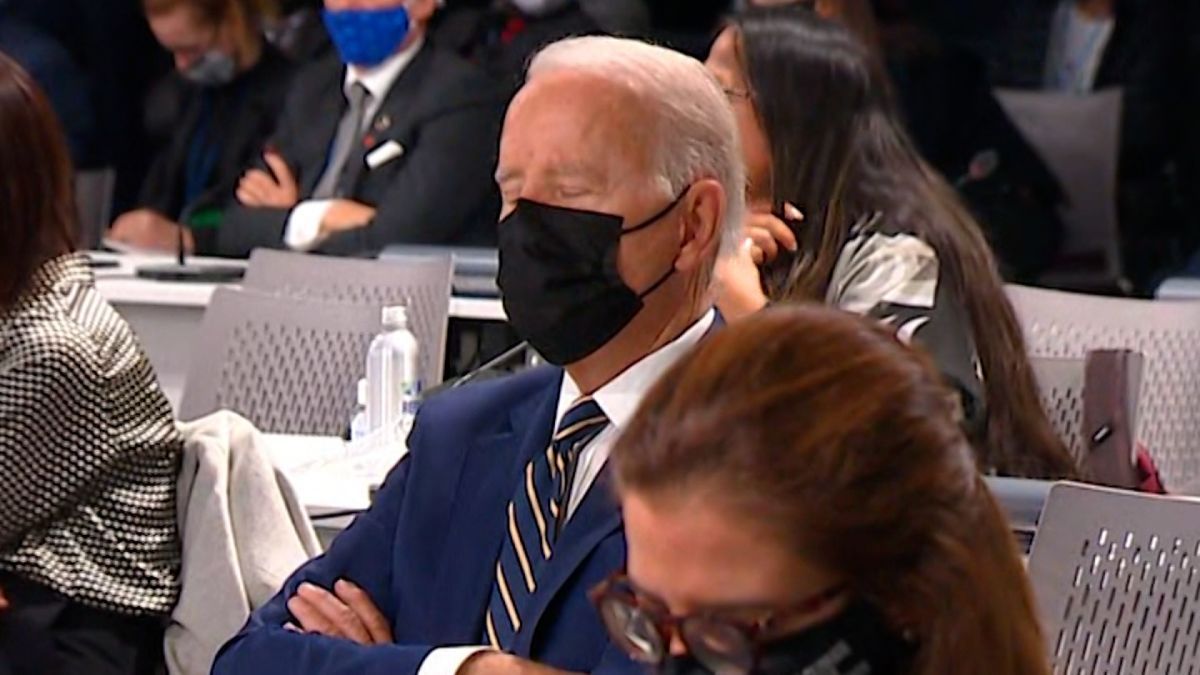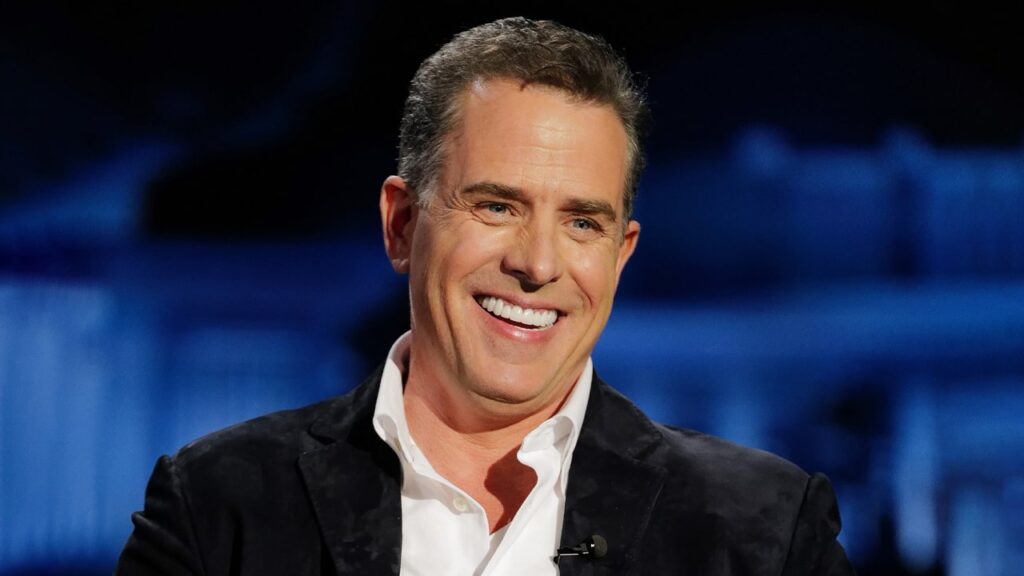
Does Biden’s speech today mean WW3 is coming?
Joe Biden, that familiar face from Delaware, who took us through the ups and downs of his political journey, is now on the presidential track for a second term.
From his early days in the Senate to his VP moments alongside Obama, and his recent feat as America’s 46th president, his story seems straight out of a political drama. But ever wondered what’s cooking in his financial kitchen? Let’s see what his latest speech means for today and the future.

Breaking Down Biden’s Bank Balance
When you think about American politicians and their net worth, numbers with a lot of zeros might flash before your eyes. Biden, however, was often heard referring to himself as the “poorest” member of Congress. Yup, “Middle-Class Joe” wasn’t just a snazzy nickname.
Dive deep into the financial archives, and you’ll find that from 1998, Joe and Jill Biden had an annual income hovering around $215,000. But time flies and so did their income, nearing $390,000 per year by the time they wrapped up their VP and Second Lady roles.
At the end of his vice-presidential term, Joe’s net worth was recorded at a modest $1.5 million. Not too shabby, but nothing that would have him sailing on a luxury yacht. Things took a turn post-White House with speeches and books raking in the moolah. In fact, between 2016 and 2019, the Bidens pulled in just under a whopping $17 million. Talk about a financial glow-up!
As the current US President, Biden’s got quite a neat package. He pockets a cool $400,000 annually, along with an annual expense account of $50,000, a nontaxable travel account of $100,000, and an entertainment stipend of $19,000. And before you wonder about the decor in the White House, the Bidens were handed a $100,000 redecoration budget. Luxe living, presidential style!

The Middle-East Muddle
Switching gears to international politics, the Biden administration finds itself walking a tightrope in the Israel-Gaza situation. While the US has communicated its preference for Israel to delay a ground invasion of Gaza, it’s more about creating a window for negotiations and humanitarian efforts than dictating terms.
The fast-paced developments, especially after Hamas released two American women, have prompted the US to lean into negotiations. Biden’s been burning the midnight oil, touching base with international heavyweights, ensuring the safety of U.S. citizens, and discussing the Israel-Gaza dynamics.
This fine balance also includes juggling defense strategies, with Defense Secretary Lloyd J. Austin III playing a pivotal role in advising Israel and maintaining a dialogue around operational matters. But let’s be clear: despite the buzz, there’s no forceful pressure from the US on Israel regarding the ground operation.

Is There An End In Sight?
As events unfold, the humanitarian crisis in Gaza intensifies. The constant blockade and the lack of essentials have painted a grim picture. The US aims to delay the invasion, but concerns are rising about the narrative that might emerge regarding the US’s influence over Israel.
There’s no denying that the situation is complex, with drone attacks, potential threats, and the constant balancing act of international relations. The question remains: Can Biden and his team maneuver through these challenges to bring about a peaceful resolution.







